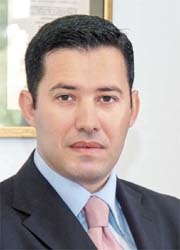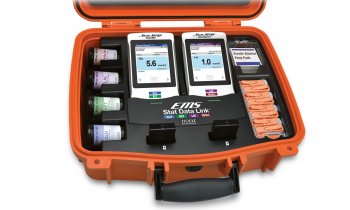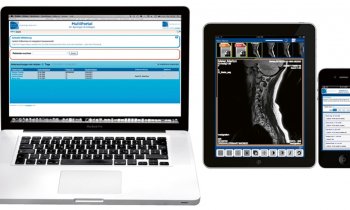Leasing, private investments, private equity, PPP and fund raising
Given his expertise, and particularly his responsibility for this large healthcare facility's business plan, Dr Maniadakis has much to impart on the pros and cons of

Dr Maniadakis holds an Oxford University Certificate in Advanced Methods of Economic Modelling Analyses [2000], is the author of many publications and he lectures in Greece and Britain. He is a member of the Royal Economic Society of England; Operational Research Society; Productivity Analysis Research Network; International Health Economists Association; International Society for Pharmaceutical Outcomes Research, and the International Society of Technology Assessment in Healthcare.
Given the dramatic changes in healthcare delivery over the past half century - which include the dawning of our electronic age - healthcare costs are rising in an exponential manner, all of which challenges healthcare managers’ abilities to plan and fund new investments. Traditionally this has involved private money and equity.
As funds are not usually readily available, leasing represents a good alternative option, especially for medical equipment, because costs can be spread over years and advances in technology can also be followed.
More recently, the public sector has used the private/pubic partnership to develop large investments, drawing the initial funding from the private sector. This has advantages: the cost is spread over years and usually private firms are better at delivering projects on time and on cost compared with the pubic sector.
Donations could be a big source of income – certainly some prominent institutions receive large amounts of money annually – but this is not the case for the great majority of hospitals.
Overall, different funding methods present advantages and disadvantages, and are more suitable for certain types of projects.
When implementing healthcare projects, it is important to seek other points of view, looking beyond the purely financial. For example, in many cases considering the cost-benefit of new projects not just in money terms, but also in terms of the life years gained for every euro spent in new investments.
08.03.2007











